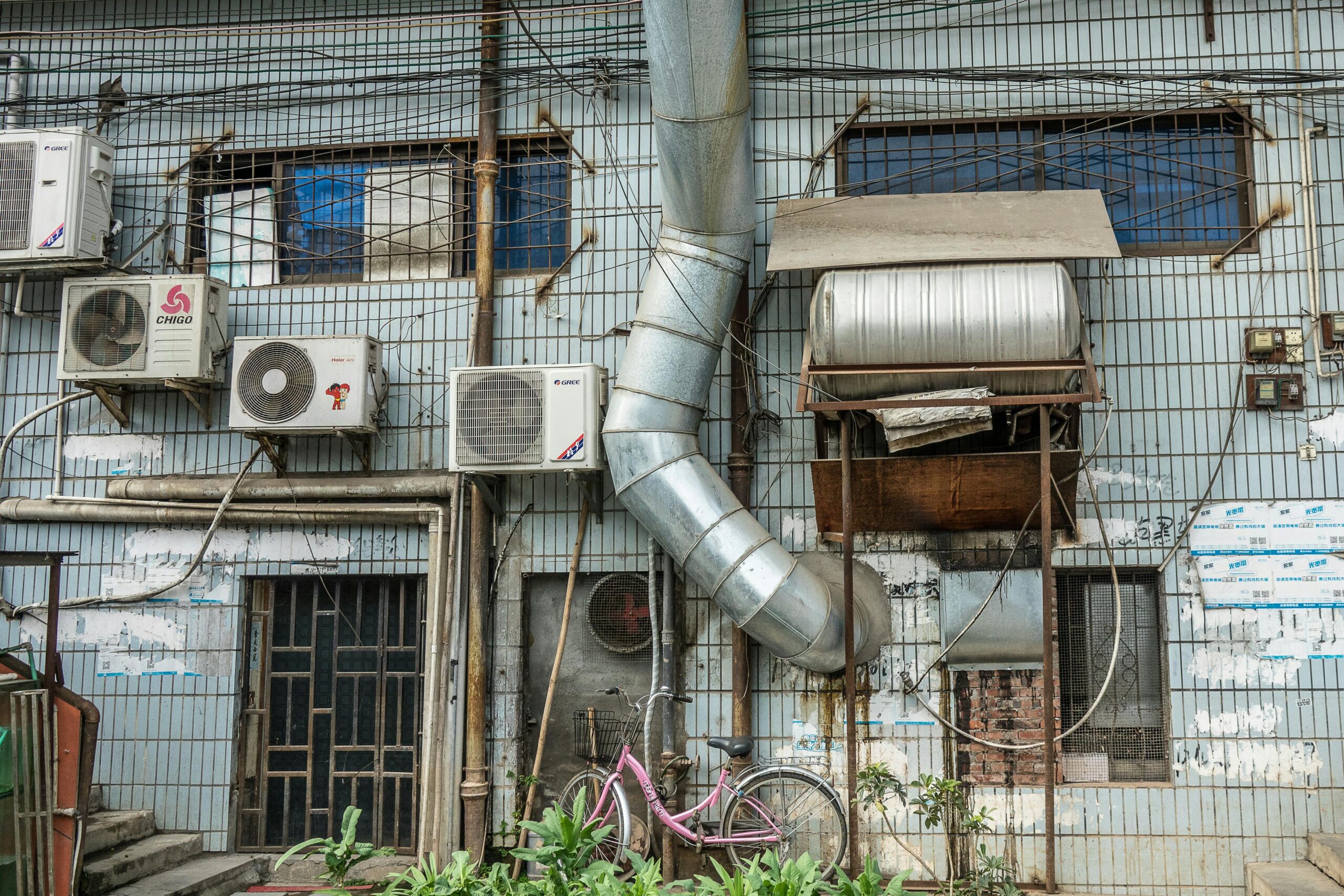Serving The Wasatch Front Area
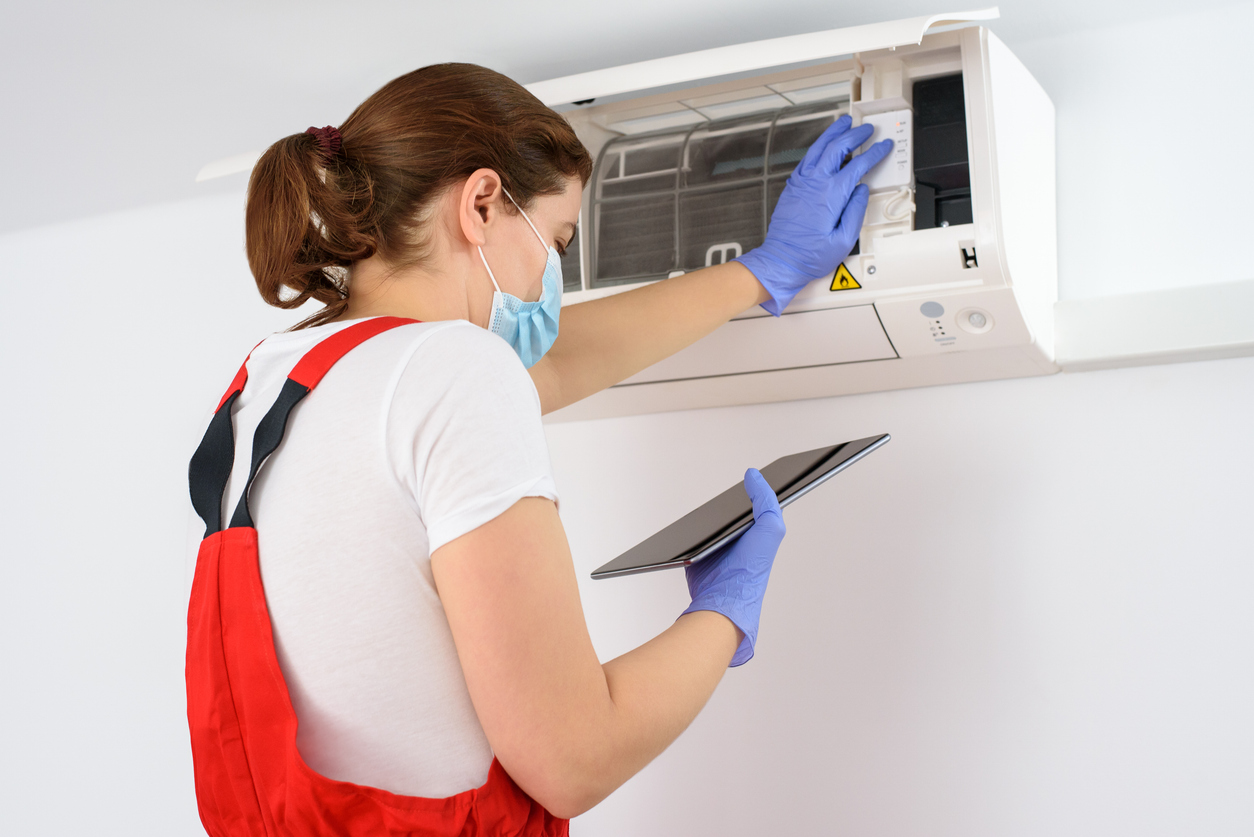
When to Upgrade Your AC Systems: Benefits & More
February 25, 2025
By Brandon Schramm, Service Manager at Comfort Solutions
Is your air conditioner struggling to keep up with the heat? If your home isn’t as cool and comfortable as it used to be, it might be time to upgrade your AC system. Regular maintenance can extend the life of your unit. However, there comes a point when repairs just aren’t enough. A new system can improve energy efficiency, lower your bills, and keep your home at the right temperature all summer long.
Below, we’ll discuss signs that signal it’s time to upgrade. We’ll also look at the benefits of a new system and the different types of AC options available. Whether your current system is outdated or simply not performing well, upgrading could be a major comfort-boosting decision.
Signs It’s Time to Upgrade Your Current AC System
Not sure if your system needs an upgrade? Of course, some issues can be fixed with repairs. However, others signal that it’s time for a replacement. Here are some key signs that your central AC system may be due for an upgrade.
Age of Your System
Most central AC systems last 10 to 15 years. If your unit is reaching or exceeding this age, your AC may not be running as efficiently. Older systems often struggle to cool your home properly and may be more prone to breakdowns.
Frequent Repairs
If you call for AC repairs several times a year, your AC system might be worn out. Constant fixes can add up quickly. It’s often more cost-effective to invest in a new, reliable system.
Rising Energy Bills
Have your energy bills been increasing even though your usage hasn’t changed? Older AC units lose efficiency over time and work harder to cool your home. A new system with better energy efficiency can lower your monthly costs.
Home Comfort Issues
Do you notice hot and cold spots throughout your home? Does your AC struggle to keep up on the hottest days? If your system isn’t cooling evenly or maintaining a consistent temperature, it may be undersized, overworked, or simply outdated.
Outdated Refrigerant
If your AC still runs on R-22 refrigerant, it’s time to consider an upgrade. This refrigerant is also known as Freon. R-22 has been phased out due to environmental concerns, making replacing it harder and more expensive. Newer systems use environmentally friendly refrigerants that are more efficient and better for the planet.
Benefits of Upgrading Your AC System
Replacing your old AC system isn’t just about avoiding repairs. It has plenty of benefits that improve your comfort, lower your bills, and even boost your home’s value. Here’s what you can expect when you upgrade to a newer, more efficient system.
Improved Energy Efficiency
Newer AC systems are designed to use less energy while keeping your home as cool as always. In most cases, you can even achieve more cooling. Better technology and higher SEER (Seasonal Energy Efficiency Ratio) ratings can lower your energy bills and improve your comfort.
Enhanced Indoor Air Quality
Modern air conditioning systems often include advanced filtration features that remove dust, allergens, and other pollutants from the air. Upgrading your AC makes a noticeable difference if you or your family suffer from allergies or respiratory issues.
Environmental Benefits
Many older AC units use outdated refrigerants like R-22. On the other hand, new systems use environmentally friendly refrigerants and operate more efficiently. This reduces your home’s carbon footprint.
Increased Home Value
A newer AC system can be a great selling point if you’re planning to move. Buyers appreciate modern, energy-efficient HVAC systems. They can make your home more attractive and even increase its resale value.
Greater Control
Upgraded AC systems often come with smart thermostats and zoned cooling options, which give you more control over your home’s temperature. With features like remote access and programmable settings, you can optimize your cooling schedule for maximum comfort and efficiency.
Types of AC Systems to Consider for an Upgrade
When it’s time to replace your AC, it’s important to choose the right type of system. The best option for your home depends on its size, layout, budget, and energy efficiency needs. Here are some of the most common AC systems to consider.
Central AC systems
A central AC system is one of the most popular choices for whole-home cooling. It uses ductwork to distribute cool air evenly throughout the house. Your home may already have ductwork in place. If so, upgrading to a newer, more efficient central AC system can improve cooling performance and reduce energy costs.
Split-System Air Conditioners
A split-system AC comprises an outdoor compressor unit and an indoor air handler. This setup is commonly used in central air conditioning systems but can also work for homes without existing ductwork. These systems are known for their efficiency and ability to maintain consistent temperatures.
Ductless Mini-Split Systems
Ductless mini-split systems offer a flexible and efficient cooling solution for homes without ductwork. These systems include individual air handlers mounted in different rooms, which allow for zoned cooling. They’re a great option for older homes, home additions, or areas where extending ductwork isn’t practical.
How to Choose the Right AC System for Your Home
There are many AC options available, and choosing the right system for your home can often feel overwhelming. Let’s explore the factors you should consider when making your choice.
- Home Size & Cooling Needs: Larger homes may require a central AC system, while smaller spaces or additions may benefit from a ductless mini-split.
- Existing Ductwork: If your home already has ductwork, upgrading to a new central AC system or split-system air conditioner may be the most effective option.
- Energy Efficiency Goals: Look for systems with high SEER ratings to reduce energy consumption and lower monthly utility bills.
- Budget & Long-Term Savings: Although high-efficiency systems may cost more upfront, they can save you money over time through lower energy bills and fewer repairs.
- Zoning & Smart Features: If you want better temperature control in different areas of your home, consider a system with zoning capabilities or smarter thermostat compatibility.
Weighing these factors lets you choose an AC system that keeps your home comfortable while maximizing efficiency and cost savings. Are you unsure of what option is best? Our expert technicians at Comfort Solutions can help you navigate your options and find the best system to fit your needs and budget. We offer top-quality AC installations, ensuring your home stays cool and comfortable for years.
Contact Comfort Solutions today to schedule a consultation and get started on your AC upgrade!
Recent News
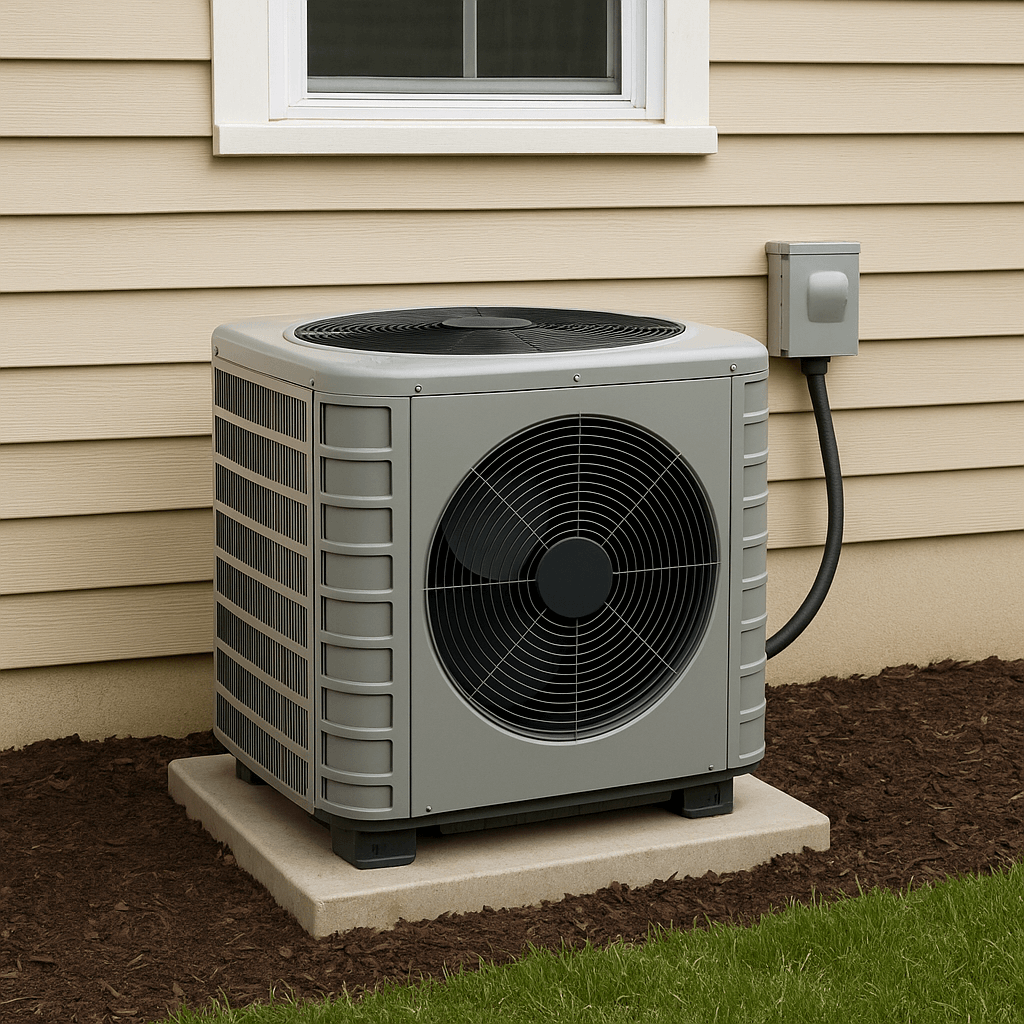
Common Air Conditioner Mistakes That Can Cause You Problems
May 29, 2025

How to Stay Cool During the Summer Heat
April 21, 2025
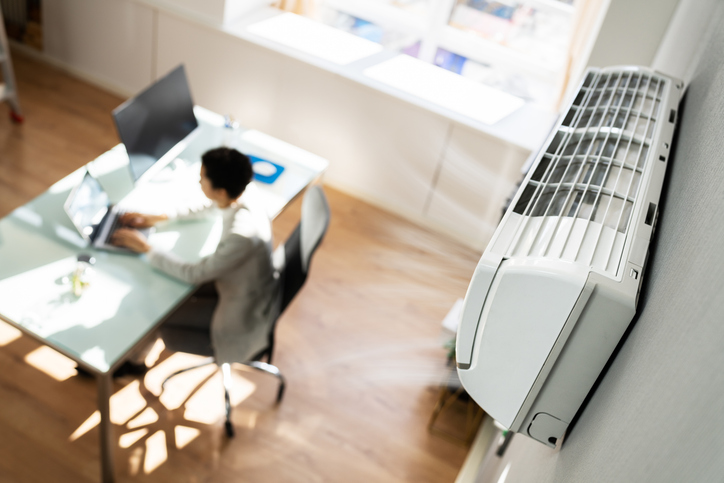
Why Remote Workers Should Upgrade Their HVAC
February 10, 2025
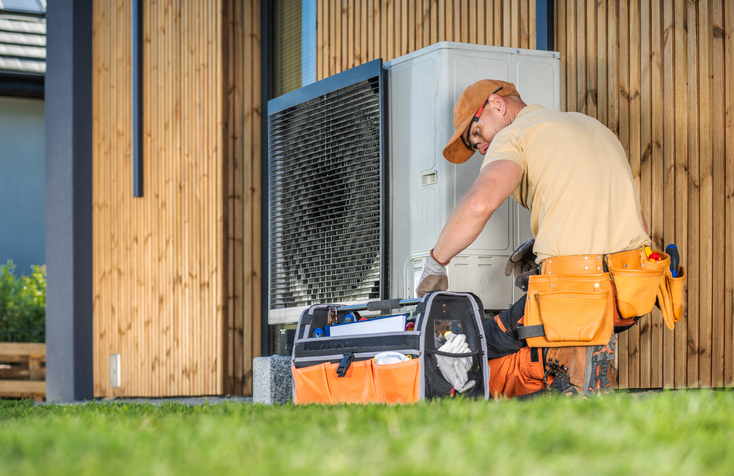
Common Home Heating, Furnace Repair & Replacement Myths
February 7, 2025
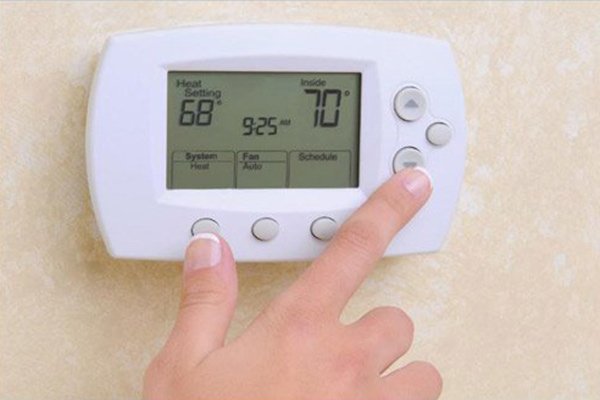
Keep Your Fireplace and HVAC Systems Running Strong All Winter
December 6, 2024
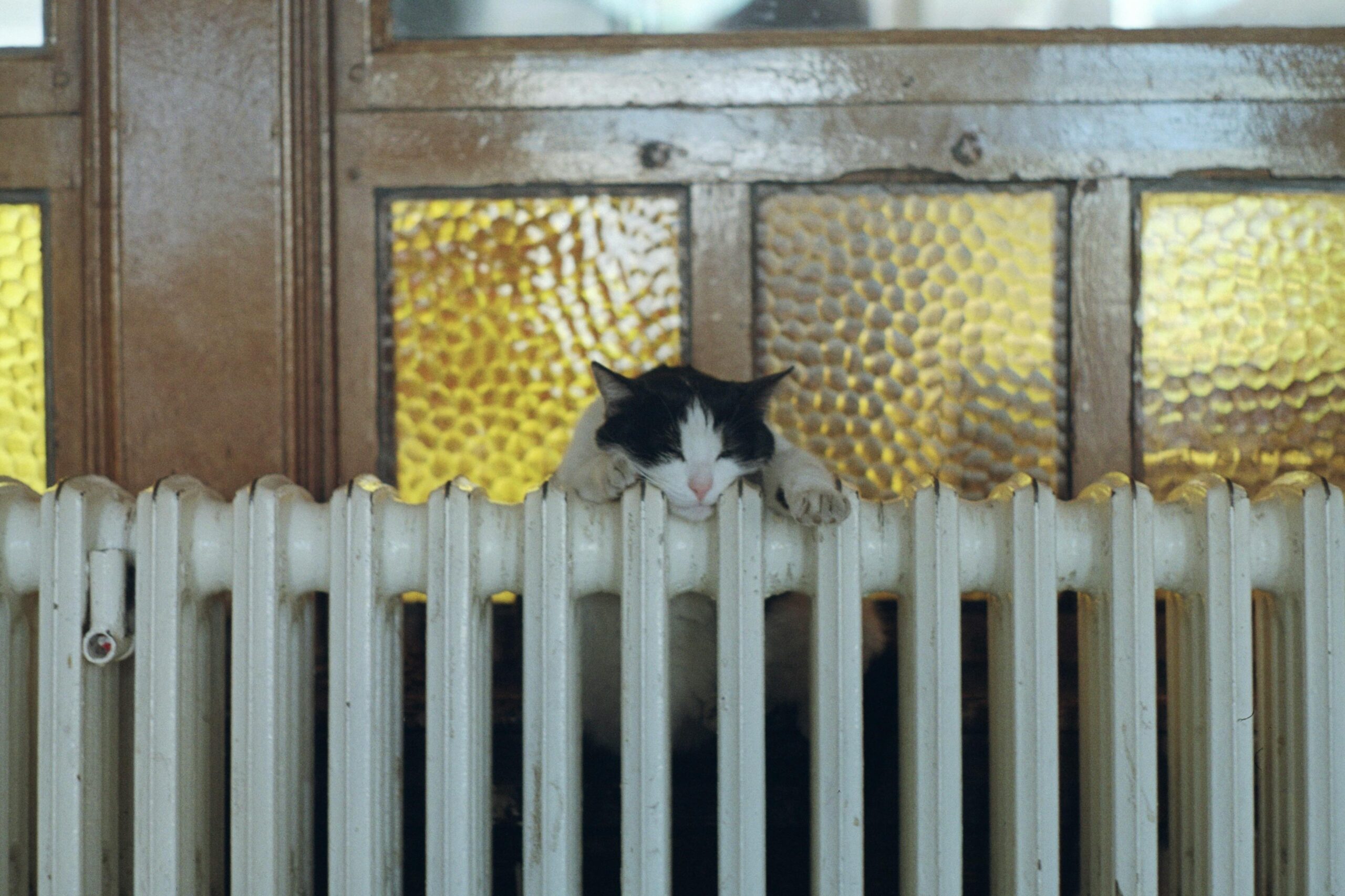
Your Comprehensive Heating Guide: Installation, Repair, Efficiency & More
September 18, 2024
